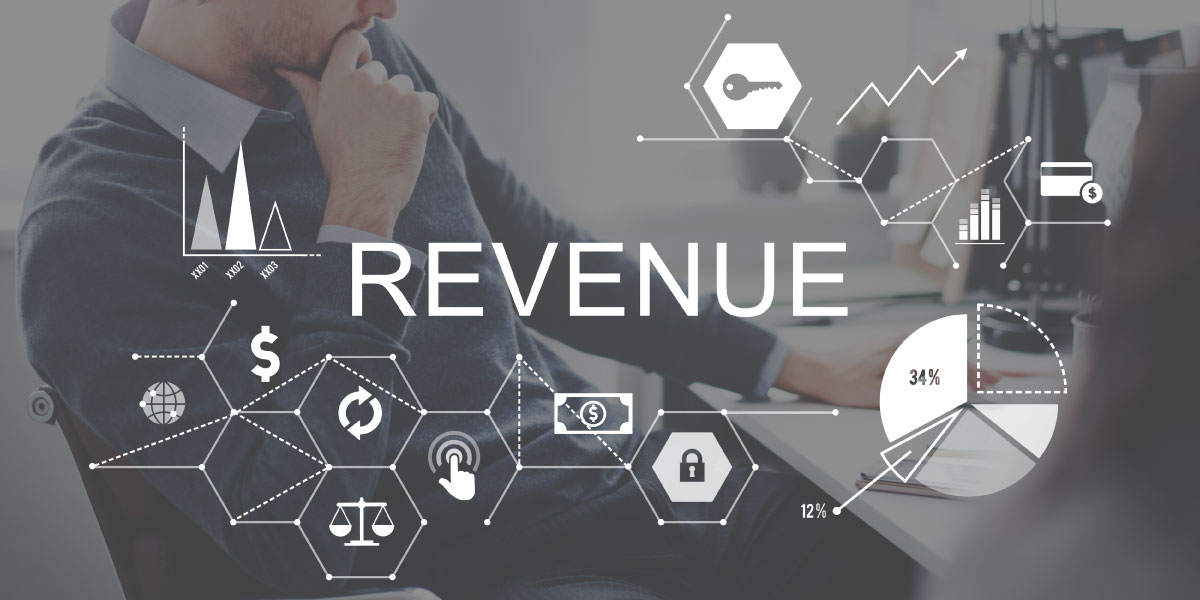We’ve all probably seen or participated in a bad sales presentation. Frankly, there is nothing more uncomfortable than to be on the receiving end of an awful presentation. Bad slide decks, pixelated graphics, inconsistent fonts, and terrible messaging. All as we think to ourselves, “Here goes another presentation into the trash heap of presentation purgatory.”
But, there’s hope. As you’ll see below, an effective presentation contains great aesthetics, critical content, and a message that aligns with your audience’s needs and desires.
Build Your Next Sales Plan Using Our Handy Sales Plan Template — Download Now!
Killer Cover Slide
This slide should reflect your organization and your brand image. If you need to spice up your cover page and presentation with images, check out Unsplash and Splitshire. Both of these sites offer a variety of images that you can use for free. 40% of people respond better to visual information than plain text. Also, be careful on the supporting presentation pages. Take some of your elements from your cover and use them throughout the subsequent pages and keep your font styles and sizes the same.
Positioning Statement
This is your chance to talk about your secret sauce. Summarize your value promise and why they should buy from you. Something as simple as (Company Name) helps (target audience) with (services) so you can (benefits). If you make this too complicated, you will lose your audience. Distill it down to the basics. Once you captivate your audience, you can drill in deeper.
The Story
Great presentations are driven by a great story. This is a perfect opportunity to humanize yourself by telling your personal story and that of your teammates and company, increasing your likability and hopefully generating rapport. I’ve mentioned this in several prior posts, but cannot hit on it often enough. When telling the story of your organization, use the Golden Circle concept of “Why?” “How?” and “What?”. I am a firm believer in this practice and highly recommend you incorporate it into your story. For additional insight on developing your story, check out this post: The Four Pillars of a Great Story.
Proof
Case studies and testimonials are necessary to build immediate trust with your audience. Now, the development of case studies takes time and can be a somewhat arduous process, so consider starting with testimonials. They are easier to come by (all you have to do is ask) and you can excerpt the most appealing sections for your presentation. And, if you develop a testimonial template ahead of time and give to your client, they will most likely turn it around faster.
Call to Action
You’ve gotten to the end of your presentation, now what? You need a call to action. A call to action is something that initiates your prospect to take action. It could be scheduling the next meeting or requesting a signed agreement. Whatever it is, have a call to action.
Tip: Less is more. Minimize the amount of copy in your presentation. Most people tend to add more to their presentations then is necessary. And, the more you have the more likely you will be to just read line by line. Develop topics that you can expound on and deliver it in your own voice.





